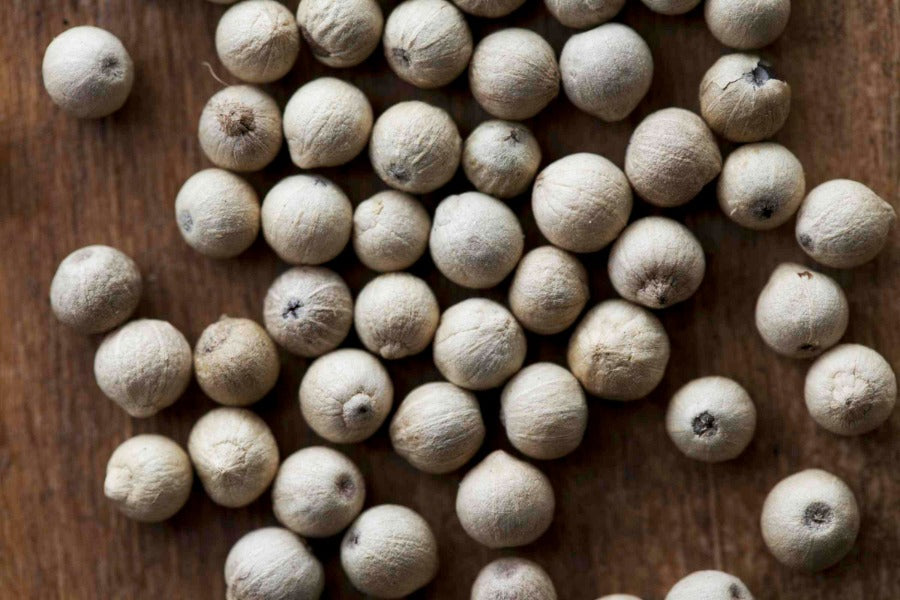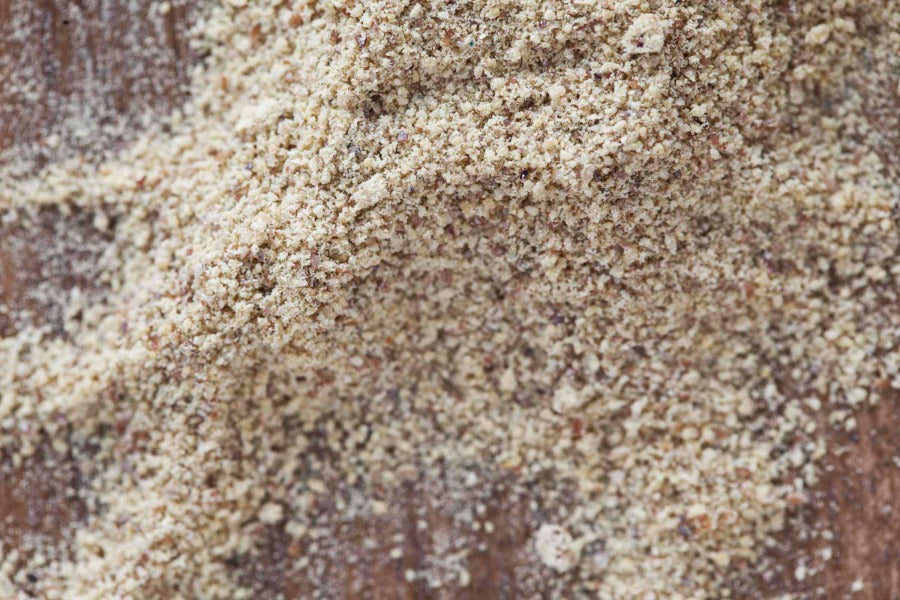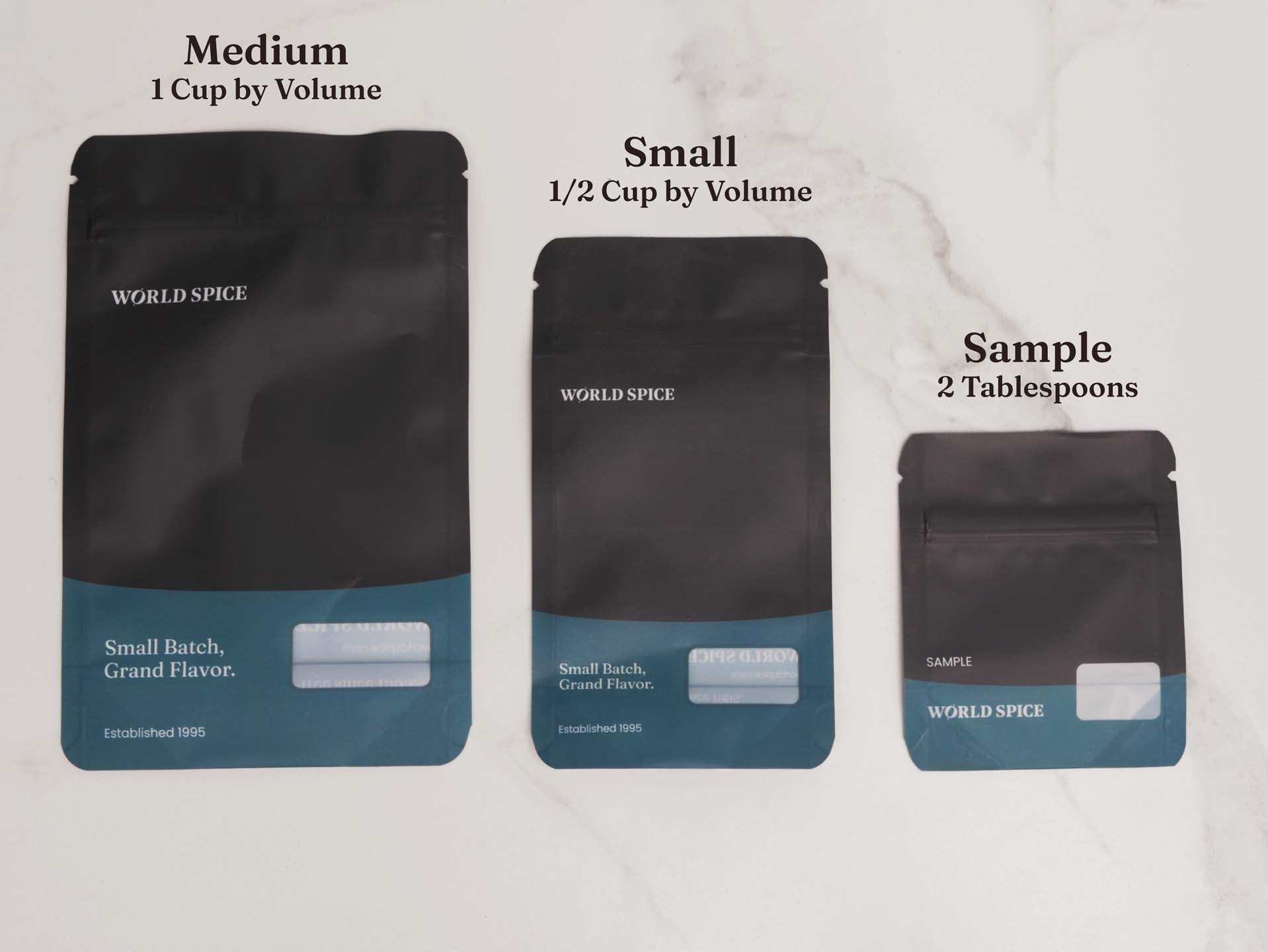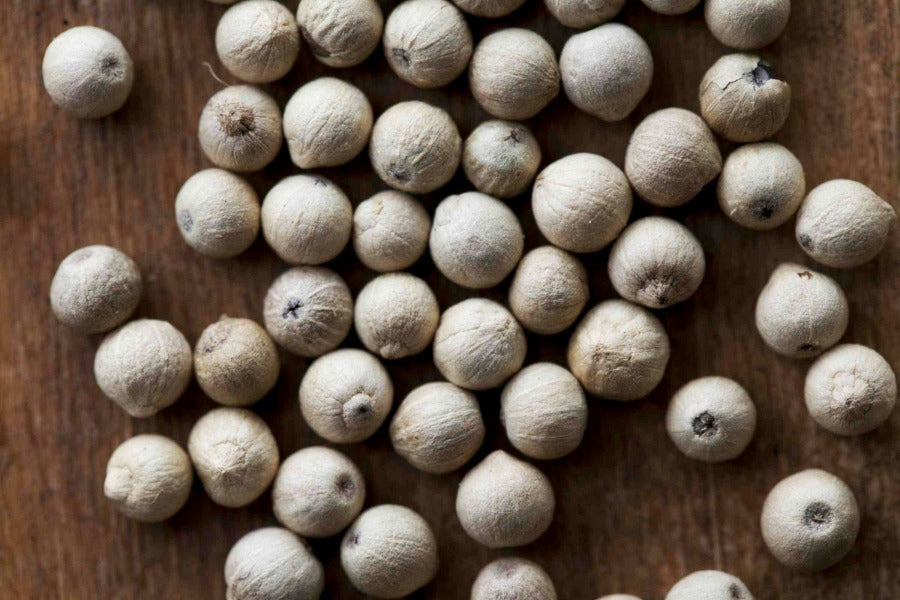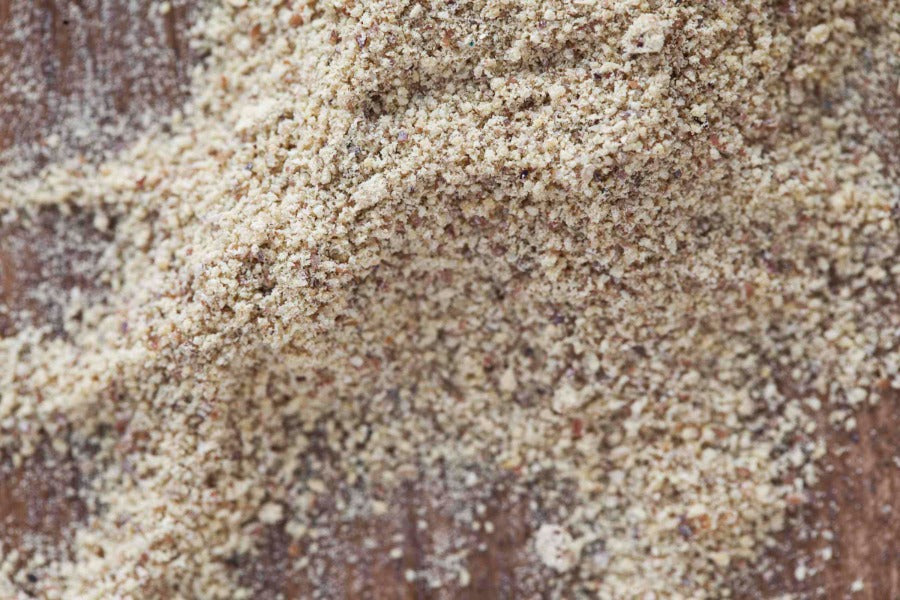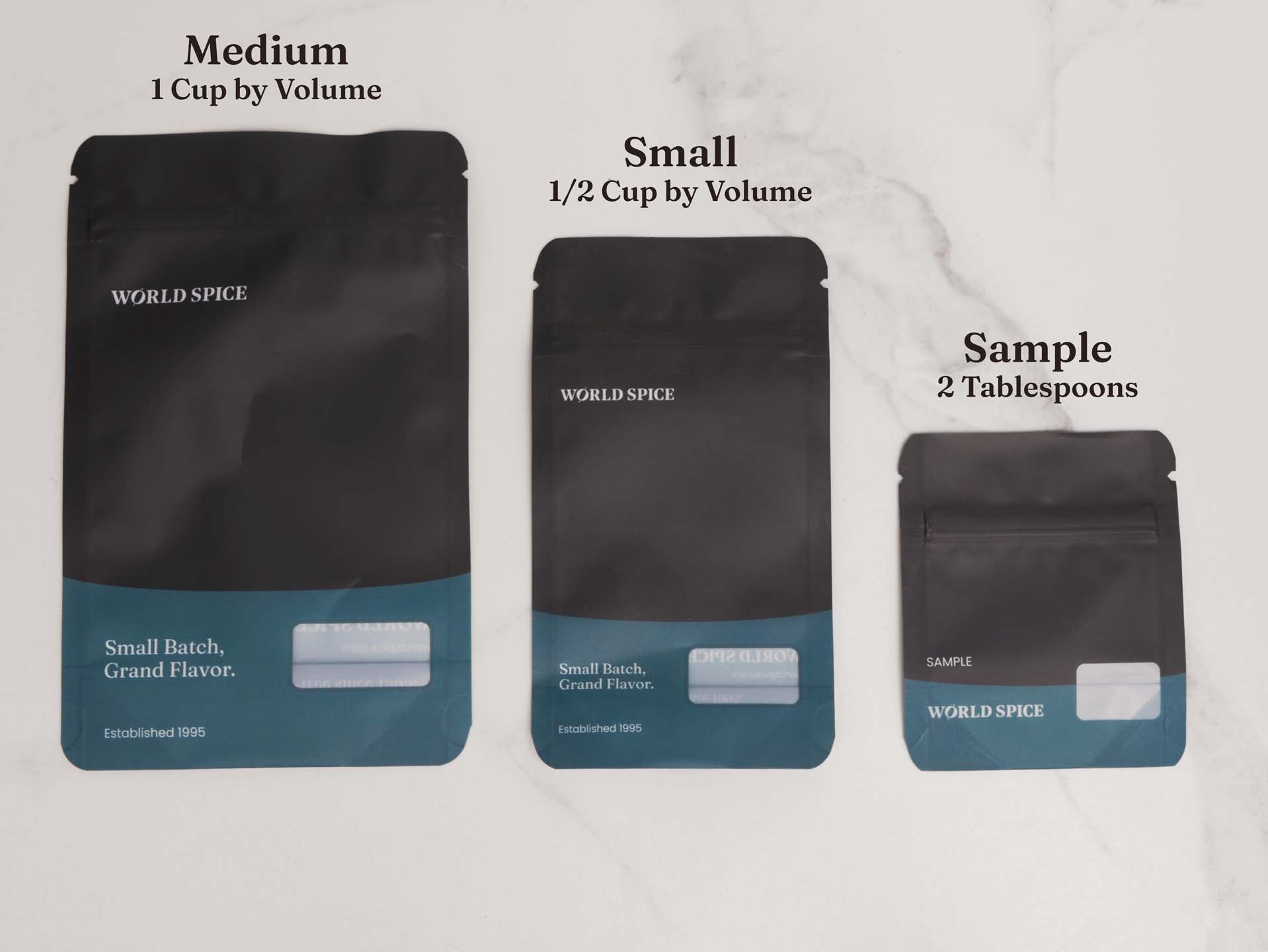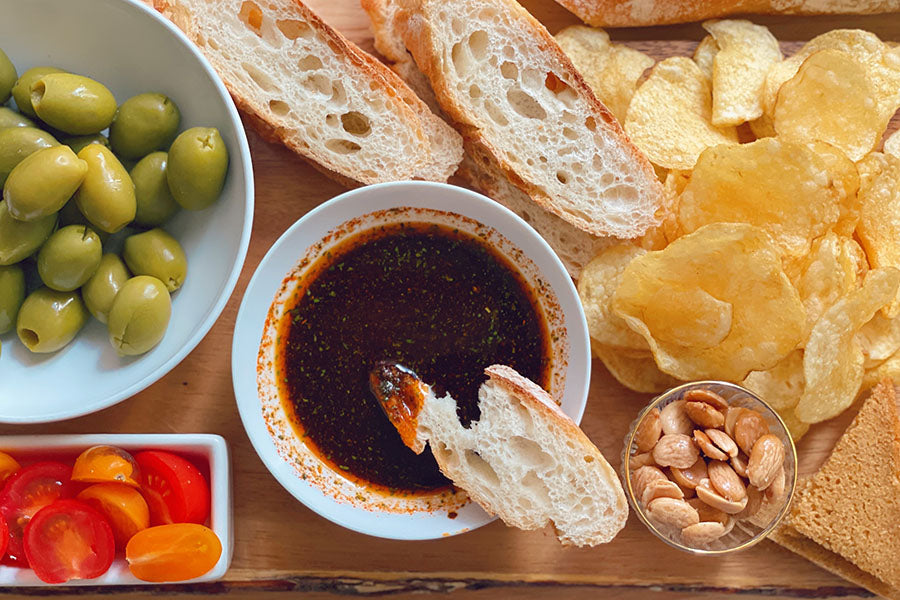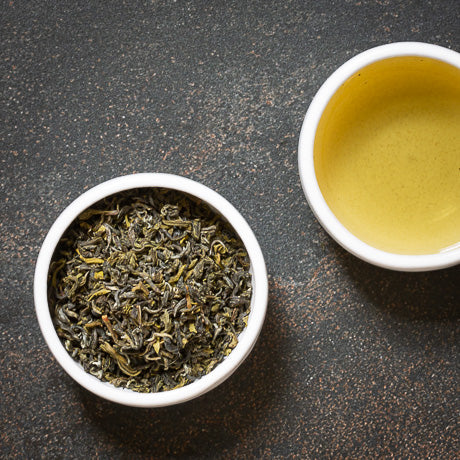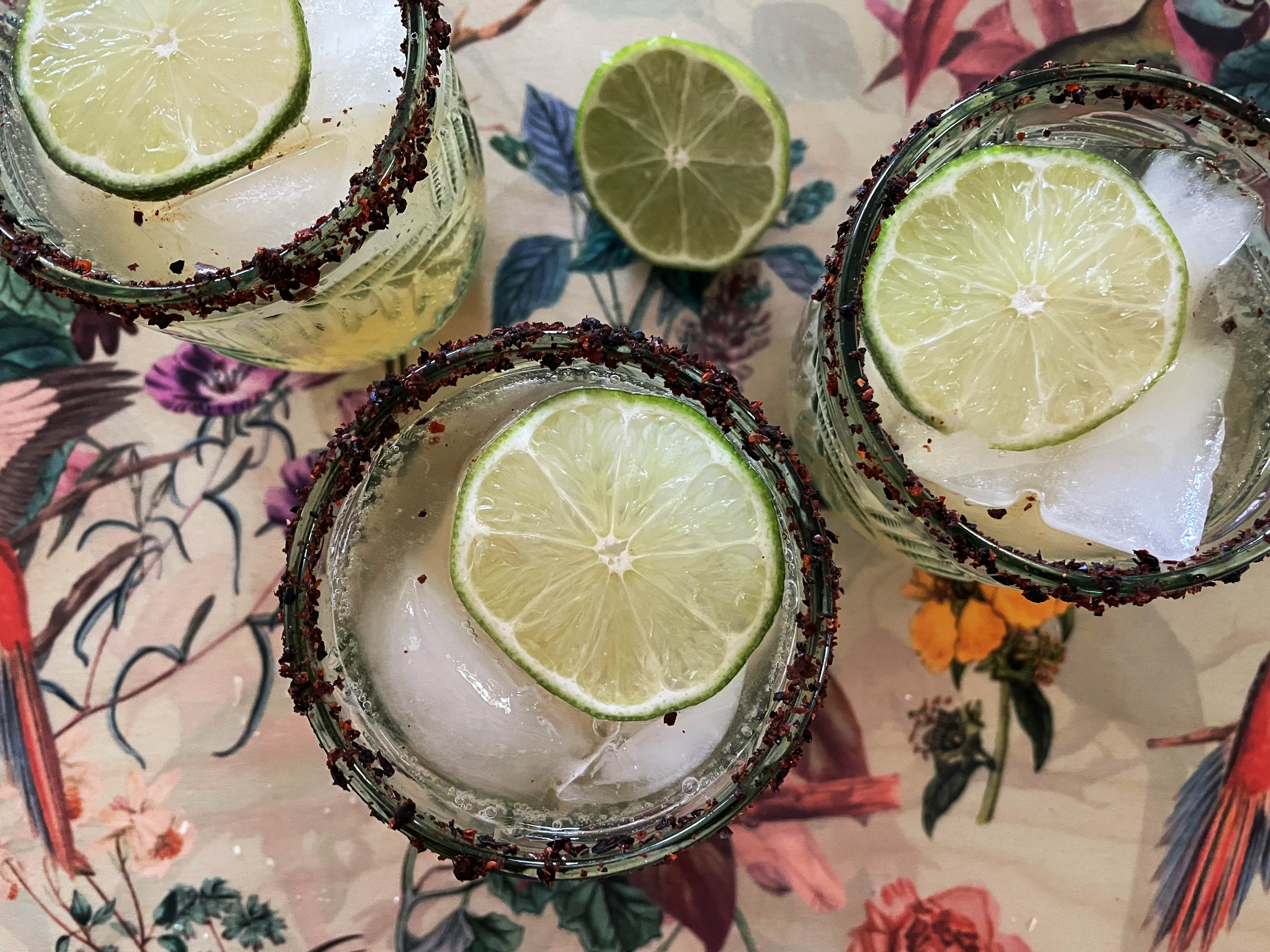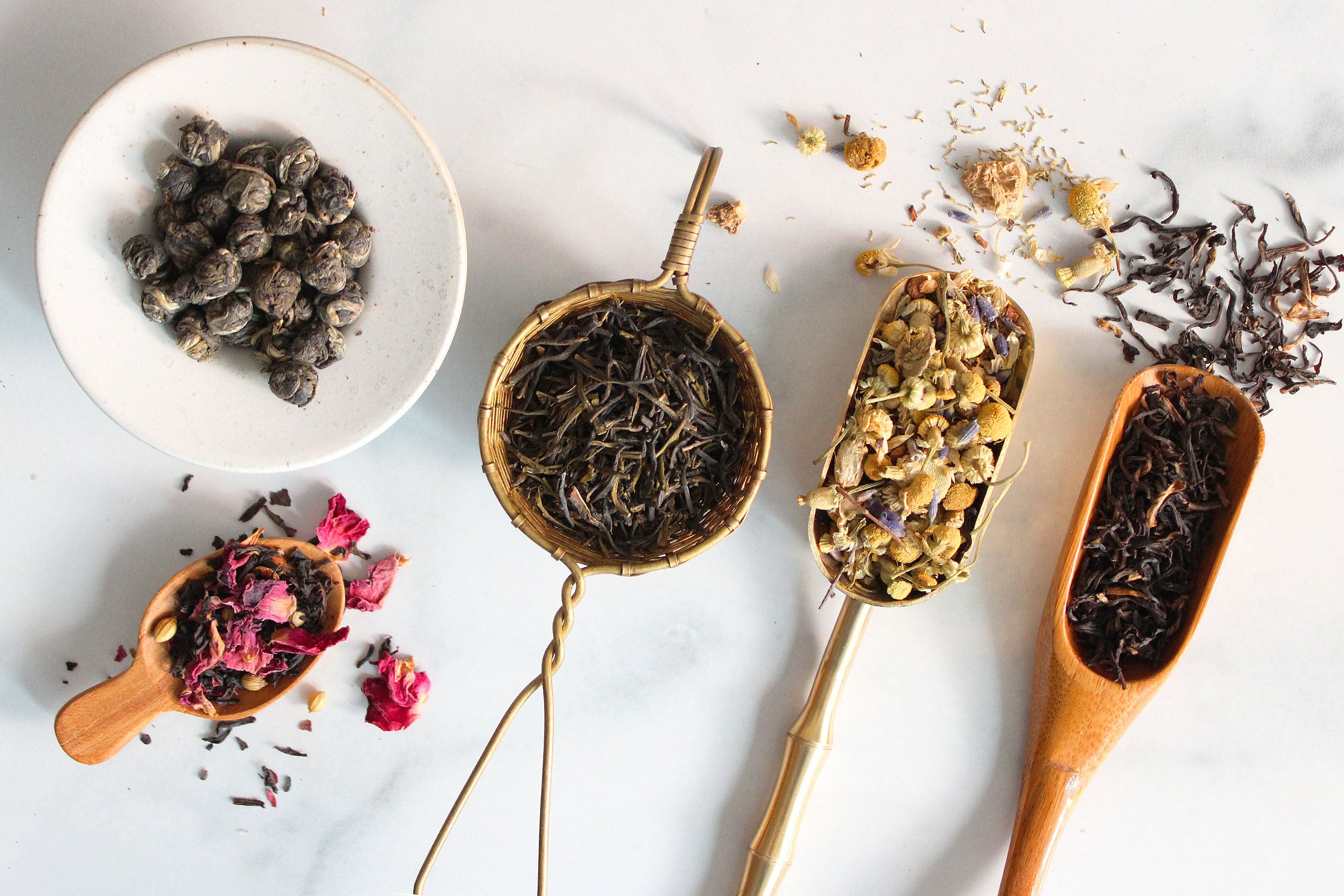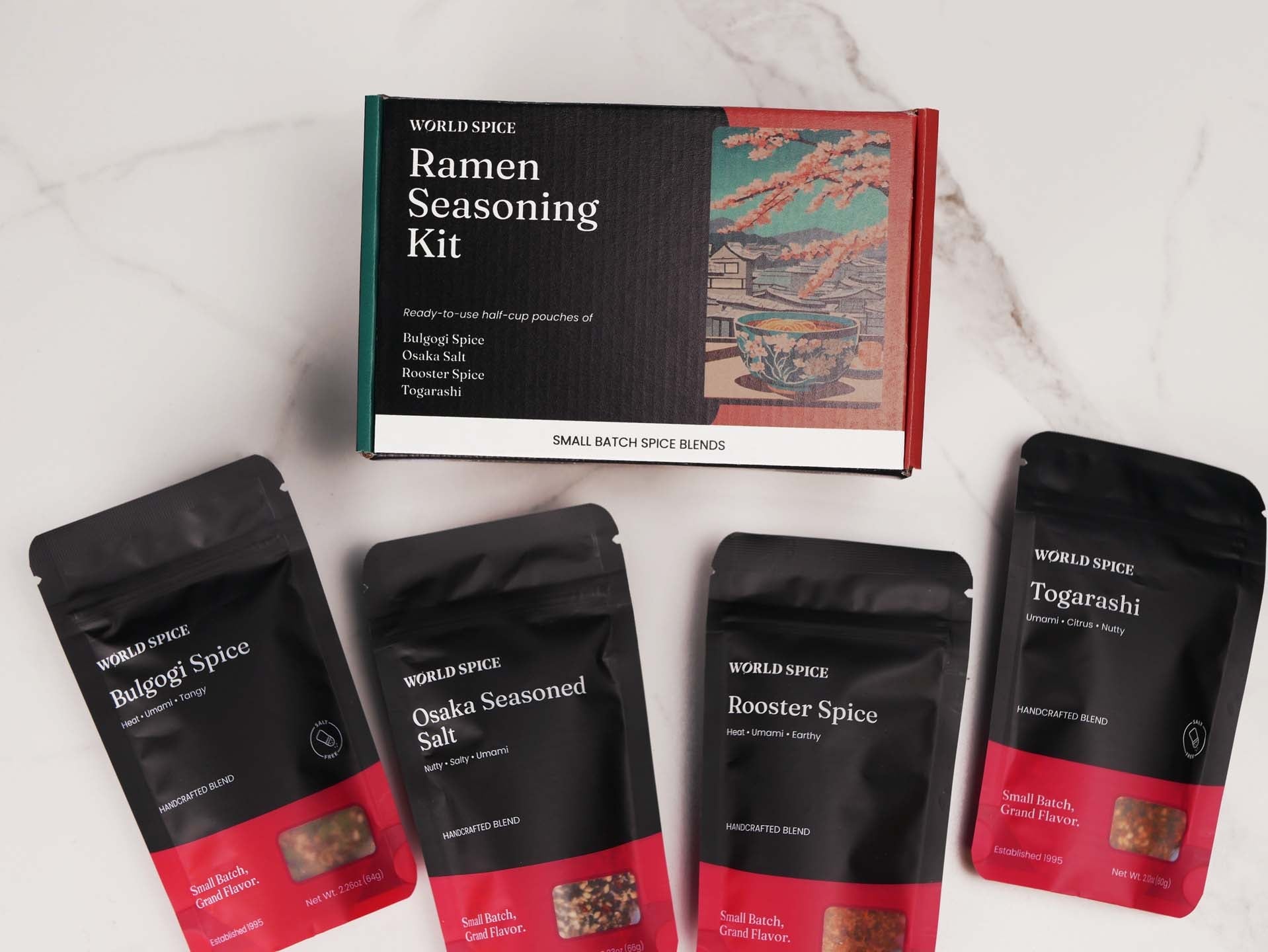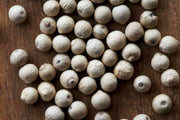White Peppercorn
White peppercorns are black peppercorns with the outer husk removed. The heat level is similar to black peppercorn but with a smoother flavor profile. White pepper combines well into cream sauces and is essential to French cuisine and New England style seafood chowders.
Couldn't load pickup availability
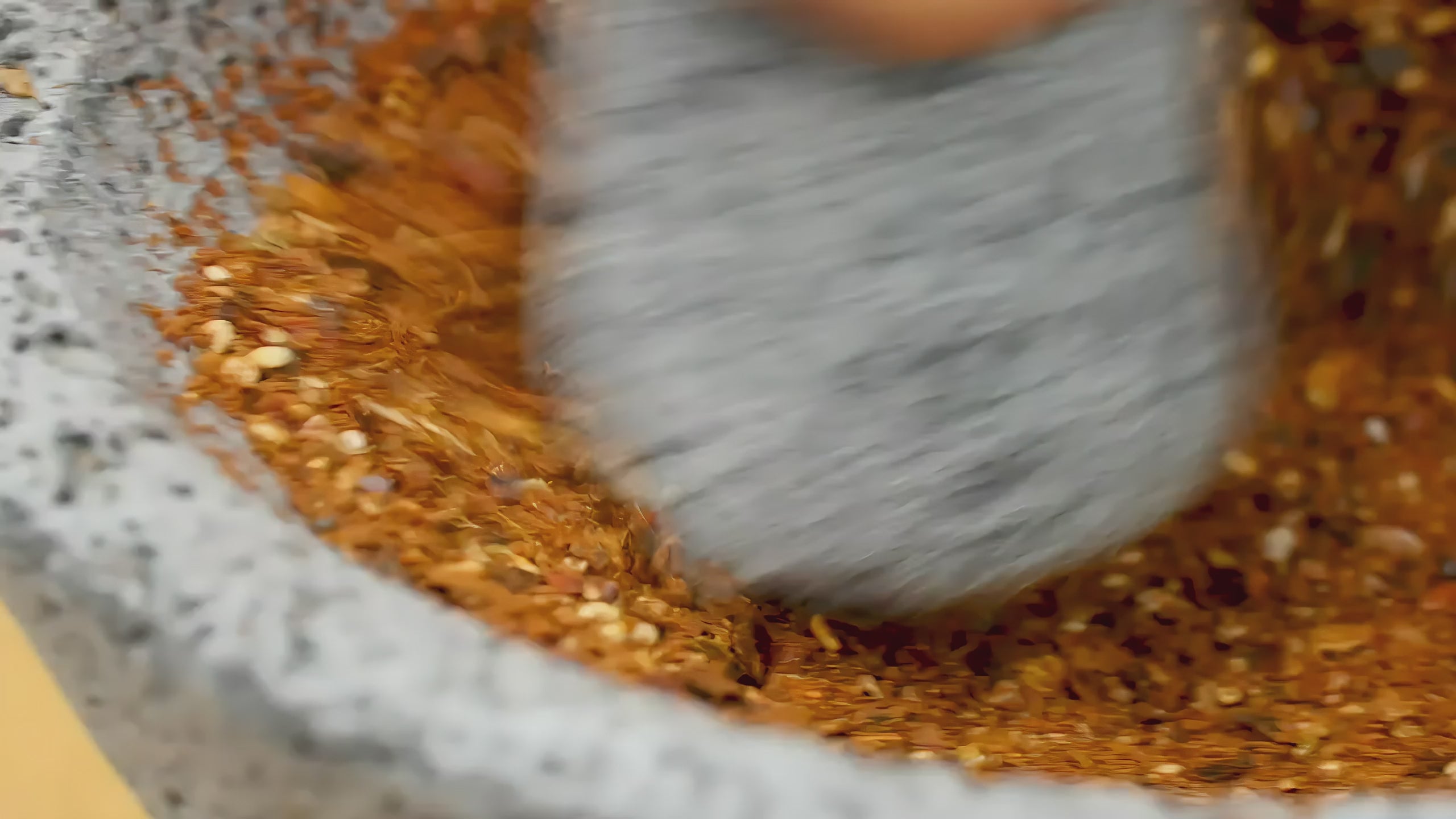
The world's most versatile artisan spice & tea library.
Since 1995, we've been sourcing and supplying the finest flavors from around the world — over 250 spices, blends, and teas. Nearly all of our spices are available whole or ground!
Our spices & teas are vegan, gluten-free, and completely filler-free, with a range of sizes to suit every need.
We create & blend our own products, and grinding occurs in small batches shortly before shipping.
Recently Viewed
Give $10, Get $10
Refer a friend to purchase from World Spice, and they'll get $10 off their first order — and you'll get $10 in store credit.


